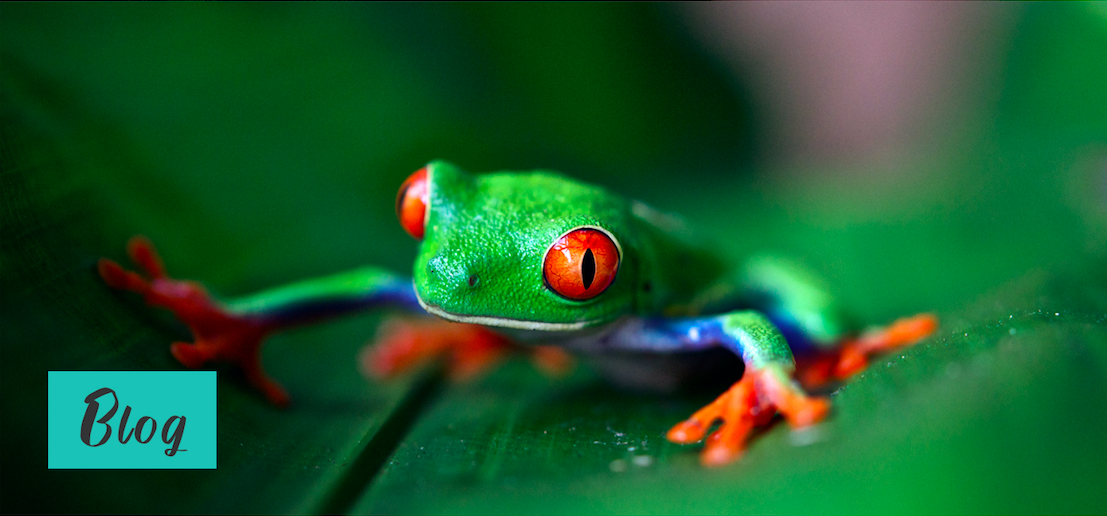Wildlife Research Volunteer Project: Kangaroos in the Outback, Australia
Kangaroos, Australia
What it was like: Wildlife Research Volunteer Project
Hi there! This article is intended to teach those interested in or considering wildlife volunteering. This is just the experience of one person, one time, but hopefully can provide some insight into what it’s like. For more info, and broader perspective, check out my other posts on wildlife research volunteering.
I found this project through a grad student friend, who was in an email chain with the Uni of Queensland. You can find projects like this by reaching out to grad students in labs of interest, found through various university websites. Introduce yourself, your ambition, and offer your aid to them or anyone they may know working on something.
I hope you find it insightful!
On to chasing kangaroos!
Science project: Kangaroo Social Behavior Study
Location: “The Bush” Outback of Rural Queensland, Australia
Animal: Kangaroo
Date Study Occurred: Summer (Well, Southern-Hemisphere Winter) 2013
What Project was about (context):
Kangaroo behavior, specifically measuring “flight distance”, aka, how close you can get to individual females “as a dominance challenge”. This entailed trudging around the fields, looking for grazing kangaroo females to approach systematically for the test. We recorded data with a small mobile device, or paper and pen, and a tape measure. So basically, my job as a volunteer was to go up and charge at females until they either punched me or hopped away to graze elsewhere (they never punched me- turns out, the females are quite peaceful animals).
What is was like working on it:
Each morning, we would wake very early (4am) to live on the Kangaroo’s schedule. Kangaroos are active at dawn and dusk, for about 3 hours, where they are out in the fields grazing. The rest of the time they would be lounging under trees and sleeping (useless for our study). At active times, we would hike around looking for groups to test, always of females (as the males are solitary, or sometimes, only a couple are hanging around the group of females and joeys). After a mid-day break, we would return around 4pm and do another trek for 3 hours looking for and testing the group.
Here is the wildest part: The full-time researchers on this study knew each kangaroo by looking at her! Over 60 females. She’d stare at them, the ear shape, the head, the face, and record which one we tested. Yes, they all looked the same to me. The untrained eye. She said it took months to learn them all, but after two weeks, with pictures to compare, it was doable.
Sometimes the study was difficult, and unsuccessful, and could be frustrating. For example, we need to test a specific female, and we can’t find her. We would roam around in the fields and undergrowth areas, often for long periods of time, but fail to find the ones we needed. It was then you focus on enjoying the beauty of the area. My point is, if you study a creature, its vital to be patient, and in good shape for long treks.
After hours, on location:
Though it was Australia, this took place in the highlands, and most mornings we awoke to frost on the ground. It was very cold, especially for dawn treks. It was worth it to get up so early in the cold, to be rewarded with gorgeous mornings, where the sun comes out over the yellow wild grass, to melt the glistening ice, kangaroos hopping and ducking all around us.
Sleeping in the ranger’s station was nice, there was ample space for each of us to have our own rooms. Though it was a dilapidated structure and a rugged stay. Floor heaters, folding chairs for furniture, eating heated beans out of a can. The two researcher girls were great to work with, we got along great, and watched movies on a laptop at night once the work was done. We rotated chores, each person cooking one night for the others, splitting grocery cost up front, etc. There was ample time between working hours to nap and lounge (when kangaroos were inactive). I have fond memories of reading on the porch in the sun. Felt like living in an old west film.
Oh yeah, and isolated. Toilet internet: There was no phone service or internet, except via hotspot on the toilet. I’m not kidding, it was literally the only place we could get any service for a week. We would have to take turns sitting on the toilet with the two phones, trying to connect!
Overall Rating / Lessons learned:
Reinforced from all trips— pick your animal to study wisely. And the people you study with.
A) Animals: Awesome.
You will live on the schedule of the animal. In the case of kangaroos, I’d say it was fantastic for me, with the spaced out working hours (dawn, dusk) and long mid-day break. If getting up 4am really isn’t your thing, don’t choose kangaroos. But most animals will be up early, as the midday sun is, all over the world, a thing wildlife tends to avoid. They are smart, we should listen to that logic (in warm climates that is).
B) The people: Awesome.
You don’t always have control over who you work with, but don’t just choose a trip based on an animal or location without considering, and vetting, the people you will work with. On the Kangaroo trip it was fantastic, it was a welcome contrast to other trips. I am grateful!


